There was a silver lining to the Charlie Foxtrot that was Covid. People discovered gardening. Even those who had never tried to grow herbs (never mind what kind) in college, flocked to garden centers and bought a plant or 20. ‘Victory gardens!’ the people said. ‘Let us eat vegetables!’
But it was more than a culinary impulse. Gardening – cultivating a plant that silently absorbs our angst and returns beauty, fragrance, butterflies, and maybe even salad – is psychologically nourishing.
It can also positively impact water quality.
“Homeowners are paying a little more attention to how they can adapt practices to help the Bay,” says Rachel Rhodes, Extension Coordinator for Queen Anne’s County, MD.
What we do – or don’t do – on land profoundly affects the health of the Bay, so acting on that knowledge is, as Oprah would say, HUGE.
Bay-Wise, the University of Maryland Extension stewardship program, designed by Senior Agent and Educator Wanda MacLachlan (now retired), offers a straightforward plan.
“I wanted to create a holistic approach to individual land management,” MacLachlan explains.
Key to the program is the Bay-Wise Yardstick, which has 61 possible steps broken into eight categories. Plus, steps taken in one category often spill benefits into others. For example, the native shrubs, trees, ground covers, and grasses you’ve planted to Control Stormwater Runoff and prevent erosion also act as shelter, habitat, and food source, so they Encourage Wildlife. While the Plant Wisely category urges using wind-breaking evergreens on the north and deciduous trees on the south to cut down on energy use, they also provide habitat and draw pollinators and birds (natural Integrated Pest Management) that benefit your victory garden.
Encouraging wildlife also offers enormous entertainment. Seeing a troop of ten cedar waxwings pass a Winterberry fruit (Ilex verticillata) from one bird to the next on a branch or watching a fat baby robin test his barely-fledged wings while his nest-bound siblings shout, “Go on! I dare ya!” at him, is like a homegrown Discovery channel.
Controlling stormwater runoff by keeping water on your property simultaneously prevents water pollution and saves on your utility bills since you use less water for the landscape and less electricity for the well water pump. Adopted broadly, the cost benefits are multiplied.
Twenty-seven years ago, Portland OR was threatened with a lawsuit for polluting the Willamette River. When they realized that there was a limit to upsizing the infrastructure, they adopted a greener approach, including green roofs, green streets, rain gardens, bioswales, and asking residents to disconnect their downspouts from the storm drain system. The measures significantly diminished runoff and resulted in approximately $65 million in municipal savings.
In Charles County, proof of Bay-Wise certification reduces the county watershed fee by 50% on the property tax bill, acknowledgment of the environmental and cost savings.
Bay-Wise certification – once a property reaches 36 inches’ (points) worth of steps on the Yardstick – bestows a nifty little sign to encourage the neighbors.
“I had my yard in Harford County certified in 2018,” says Master Gardener Joy Mayfield, who became a Bay-Wise certifier when she moved to Kent County. “I had such pride in putting that sign out!”
“It’s an amazing program,” says Rose Markham, Chair for the Charles County committee. “Once people get into it, they really love it!”
Master Gardener Eileen Clements hopes to become a Bay-Wise certifier when the next round of classes starts. Her reasons are both pragmatic and communal.
“Because we live so close to the Bay, and it’s such a resource, it’s better for everybody,” she says. “It’s the livelihood for fishing, for tourism, recreation, and whatever we can do to keep it healthy is important to do. I am a big believer in ‘fix your little world and help someone else to fix theirs.’ It’s a domino effect.”
Properties are certified as Bay-Wise via a (free) consulting visit by several trained volunteers. They walk around a property, listening to the owner’s hopes, goals, and concerns, while examining the lay of the land, the exposure, soil type, plants, wildlife.
“It was the most exhilarating day in my garden and yard,” says Joan Berwick, who lives outside of Crumpton. Berwick has left part of her woodsy property wild and has lushly planted another portion with natives. “I had always wanted a yard that had paths through the woods, that was natural, that was near a stream, and I wanted my landscaping to blend into the environment. Native plants were the way to keep things simple and easy and gave me great results with less effort.”
Prior to the consultation, Berwick had downloaded the Bay-Wise Yardstick from the UMD Extension website to figure out how close she was to certification. (You get 5 inches for simply NOT fertilizing the lawn!). Berwick’s property had a total score of 67 inches.
“It was fun, and I learned some things,” she says. But confirmation of her vision was what she enjoyed most. “What I was doing was valued by other people, and that’s not always the case when you do more natural plantings.”
Mayfield’s Harford County certification experience has guided her own approach to Bay-Wise visits on this side of the Bay.
“It was their tact,” she says. “They were so diplomatic in saying what needed to go, and I didn’t know what I needed to put in place.”
Their guidance helped. Here in Kent County, Mayfield has done several Bay-Wise visits, which are also fun for the certifiers since it’s also an opportunity to get to know the property owner a bit. Plus, the certifiers themselves often share different pieces of knowledge, which enhances the experience for everyone.
“I learned so much that last time,” Mayfield says about a visit to a property behind the Chestertown library. “I love the collaborative aspect of the visits.”
https://extension.umd.edu/programs/environment-natural-resources/program-areas/bay-wise-program/
Native Plants for Wildlife and Conservation Landscaping
https://dnr.maryland.gov/criticalarea/Documents/chesapeakenatives.pdf
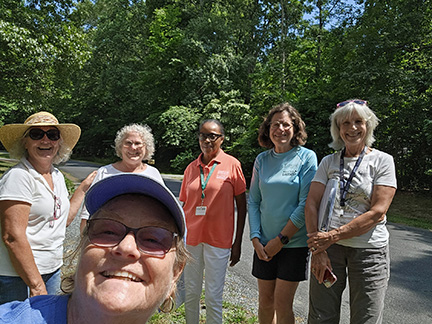


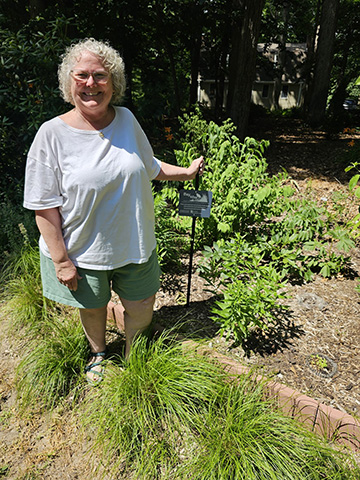


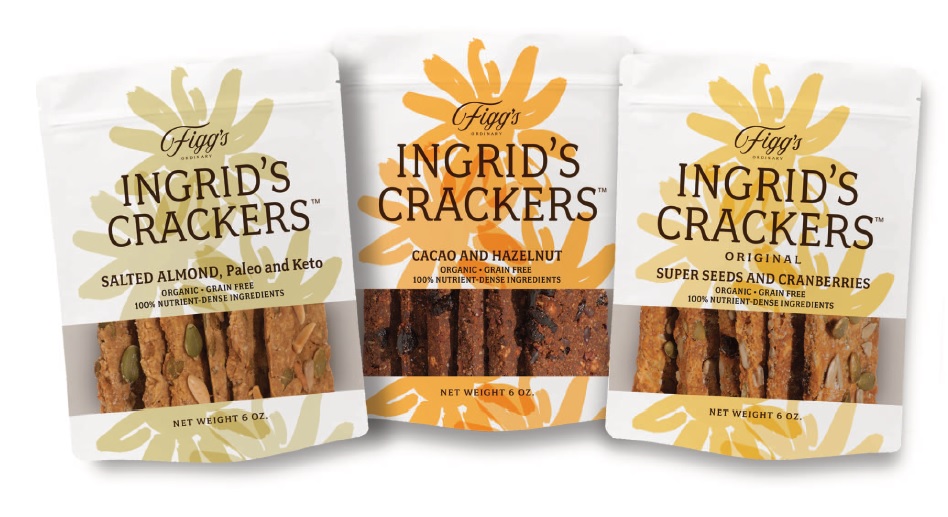 Please watch for our products in retail stores near you soon! Thank you again for your support, and we look forward to continuing our relationship with you as Figg’s Ordinary takes this next, exciting step.
Please watch for our products in retail stores near you soon! Thank you again for your support, and we look forward to continuing our relationship with you as Figg’s Ordinary takes this next, exciting step.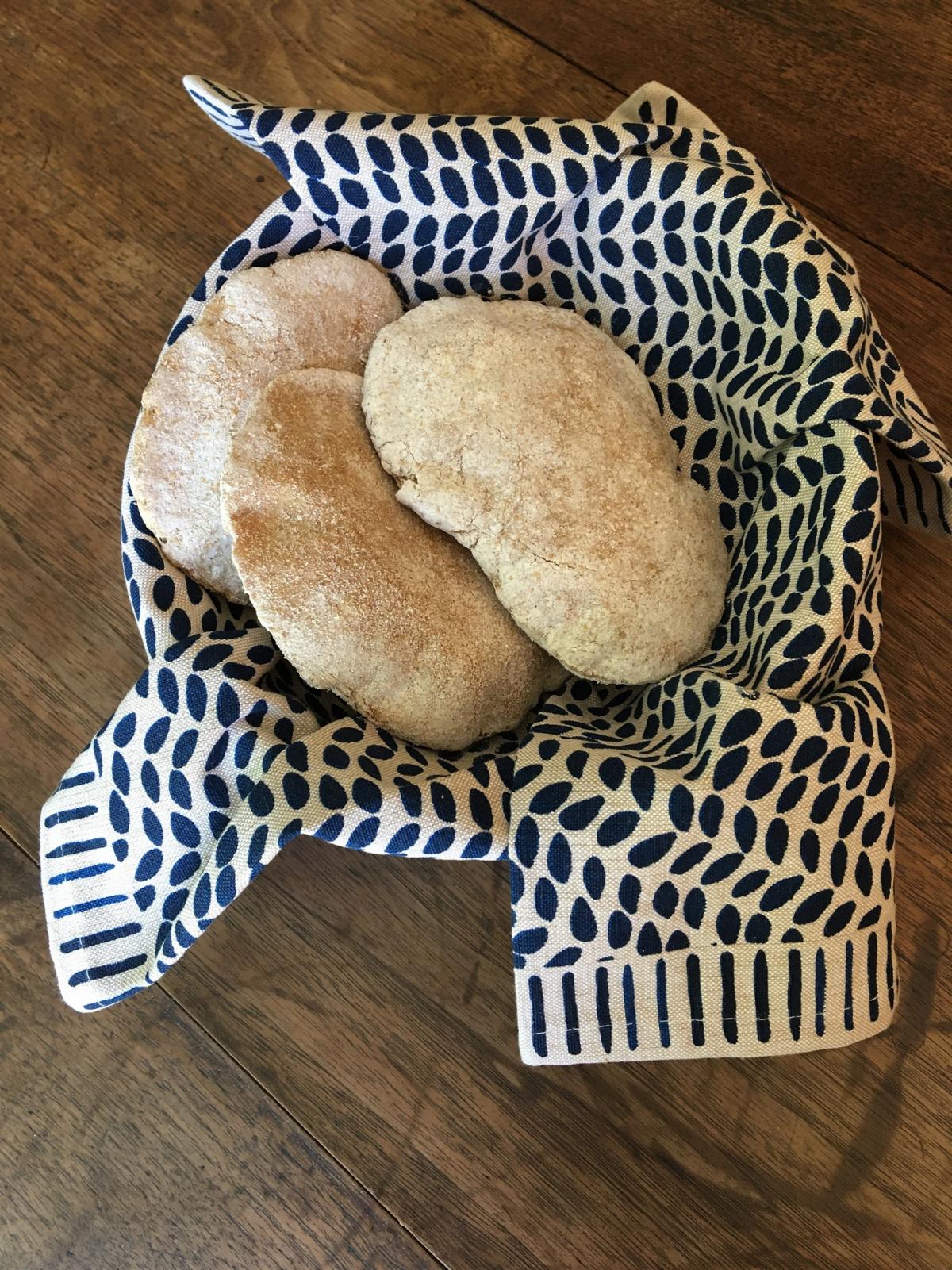
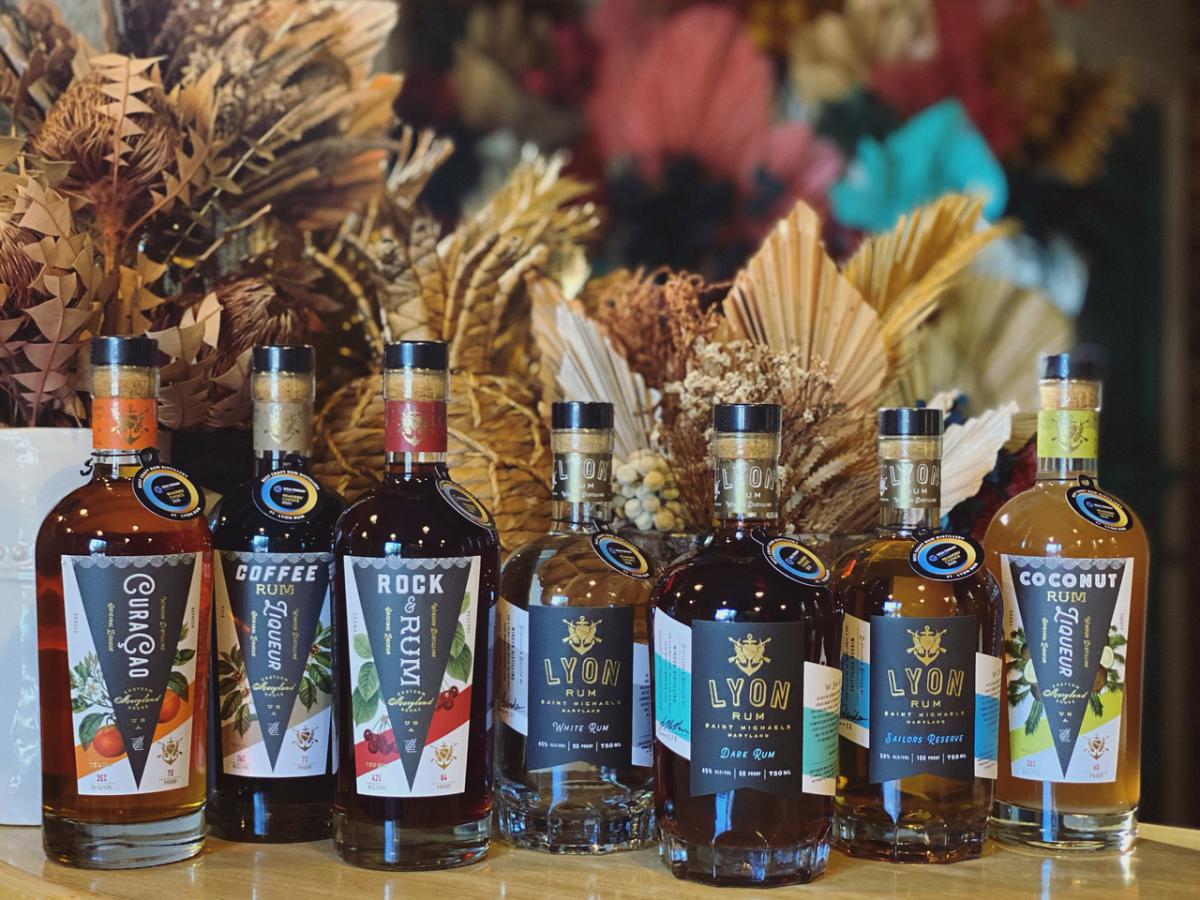 “As a small brand embarking on our ninth year, it’s quite an honor to be nominated among these other great American rums. Even more rewarding is knowing that we have the support and love from the actual people who enjoy what we make. My job is to get the rum to those people – across Maryland, in both stores and restaurants, and also now, direct to their doorstep!” noted Jessi Windon, VP of sales, and the official rum runner of LYON RUM.
“As a small brand embarking on our ninth year, it’s quite an honor to be nominated among these other great American rums. Even more rewarding is knowing that we have the support and love from the actual people who enjoy what we make. My job is to get the rum to those people – across Maryland, in both stores and restaurants, and also now, direct to their doorstep!” noted Jessi Windon, VP of sales, and the official rum runner of LYON RUM.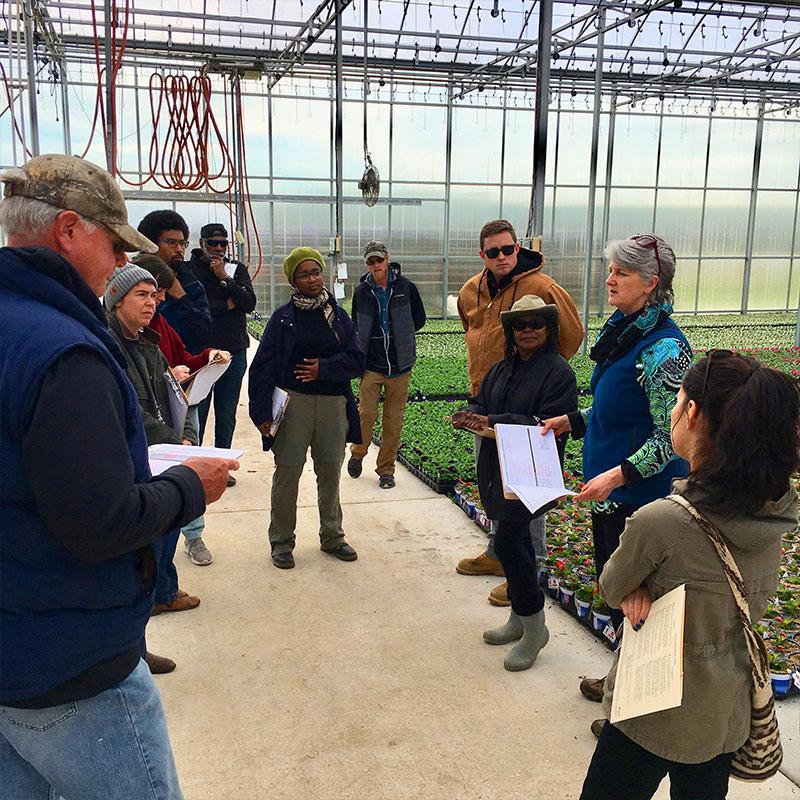
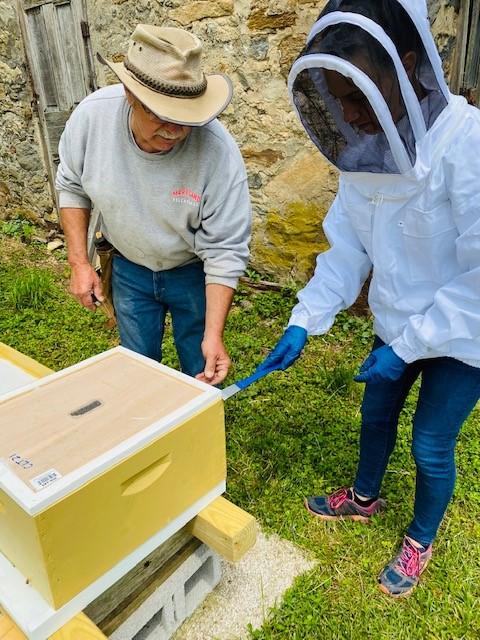

 For National Dairy Month, the University of Maryland Extension (UME) is releasing a new virtual tour of a working dairy farm, giving the public the opportunity to meet and learn from a Maryland farm family. As a natural expansion of the UME annual event, Breakfast on the Farm, the Day on the Farm program now offers the same educational experience in an online format, accessible to everyone.
For National Dairy Month, the University of Maryland Extension (UME) is releasing a new virtual tour of a working dairy farm, giving the public the opportunity to meet and learn from a Maryland farm family. As a natural expansion of the UME annual event, Breakfast on the Farm, the Day on the Farm program now offers the same educational experience in an online format, accessible to everyone.

